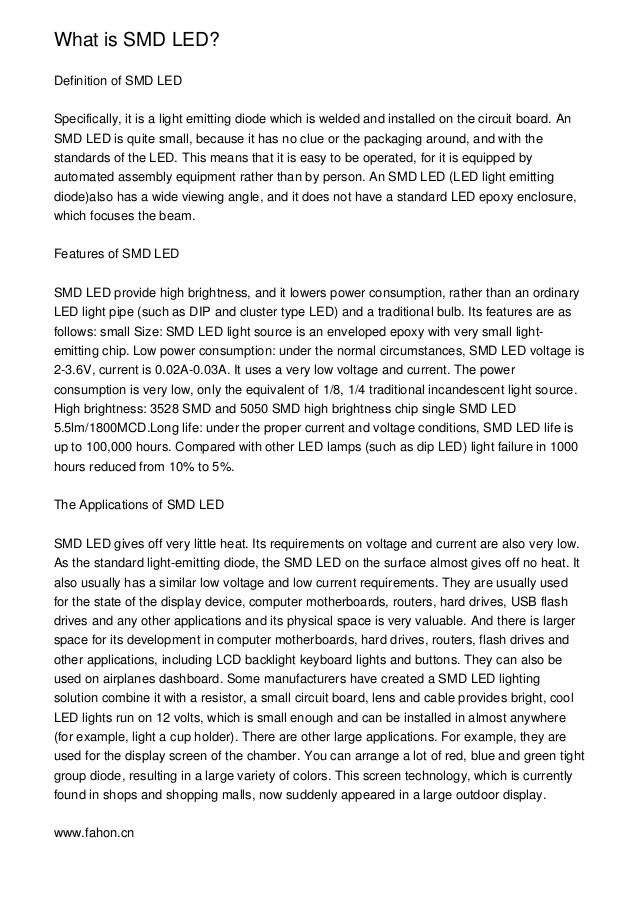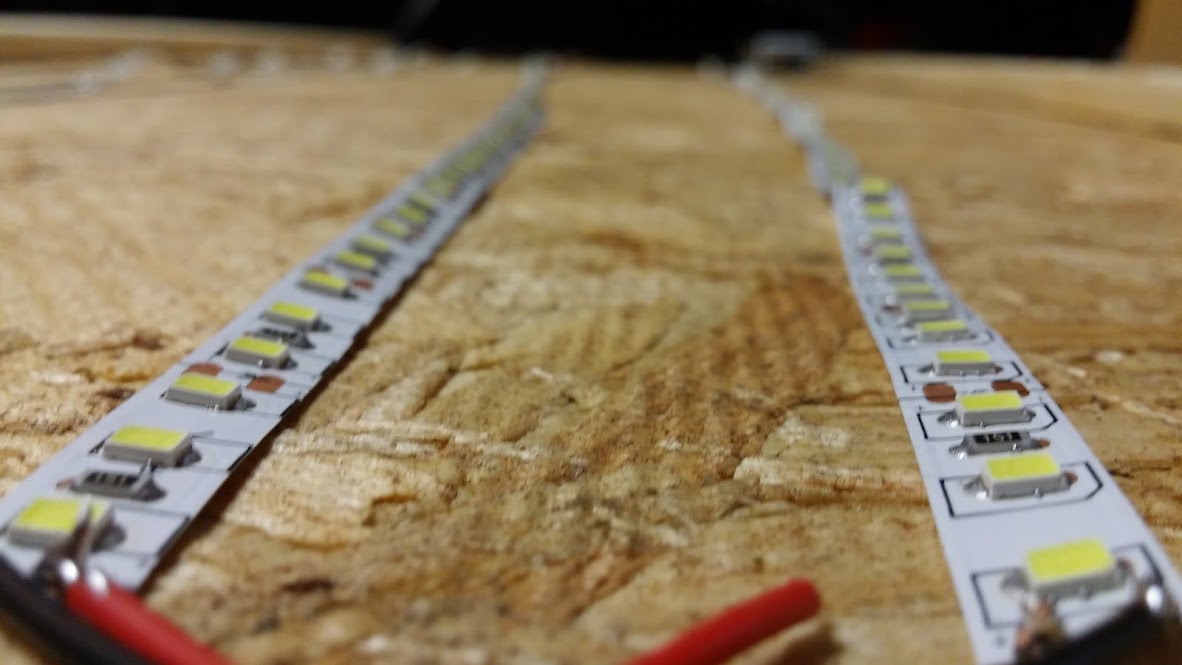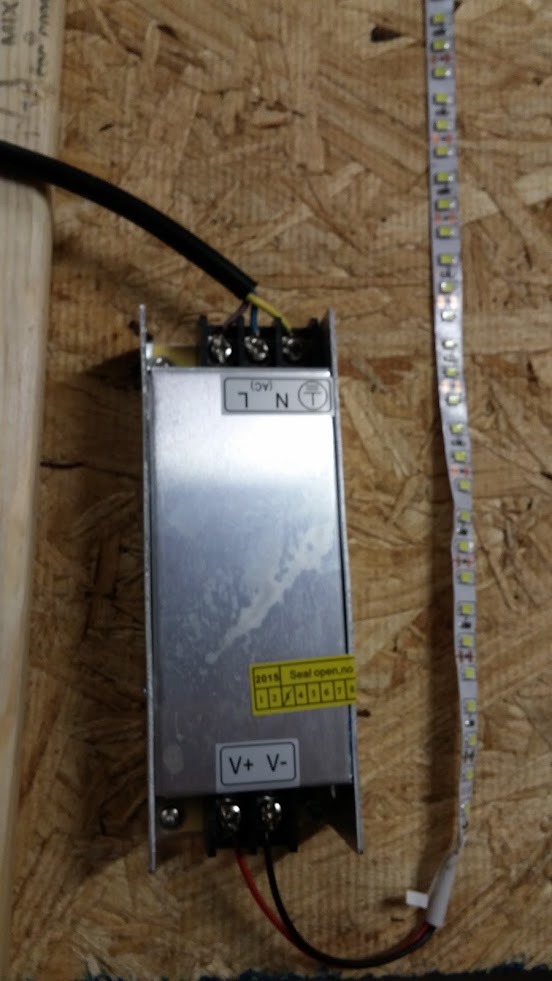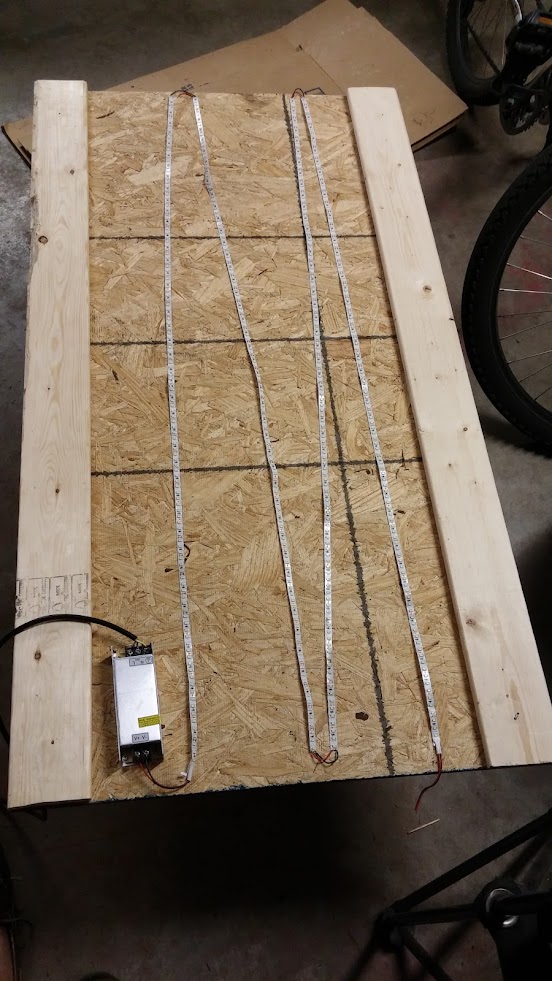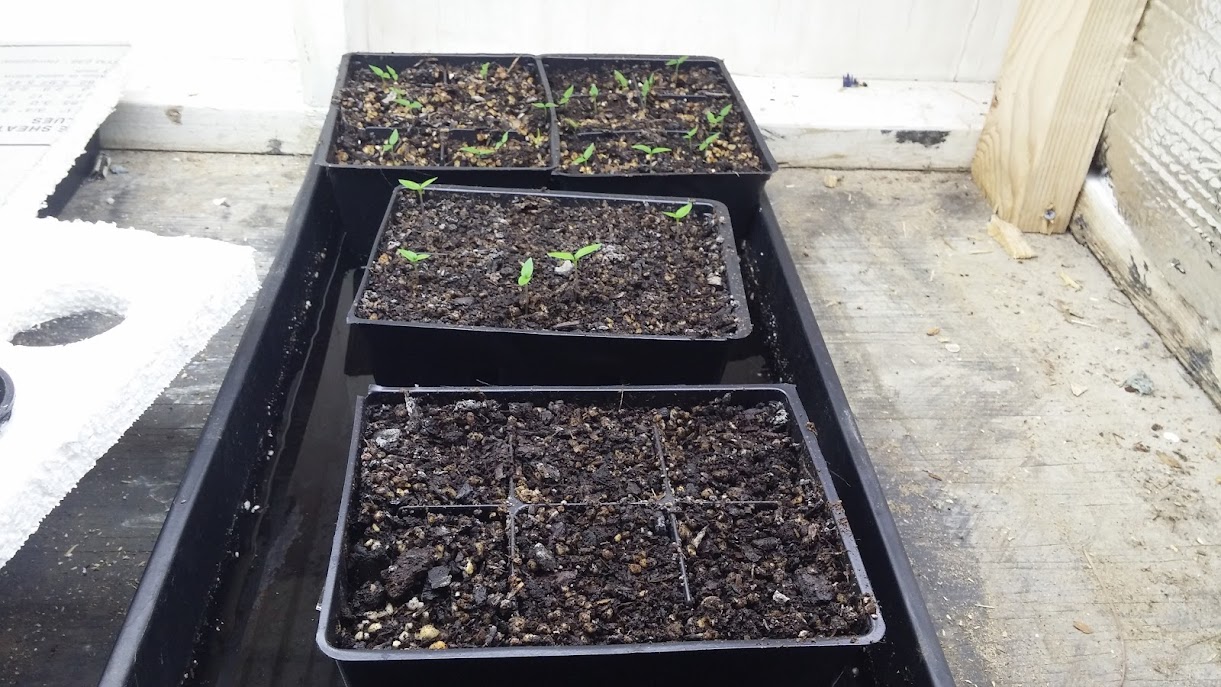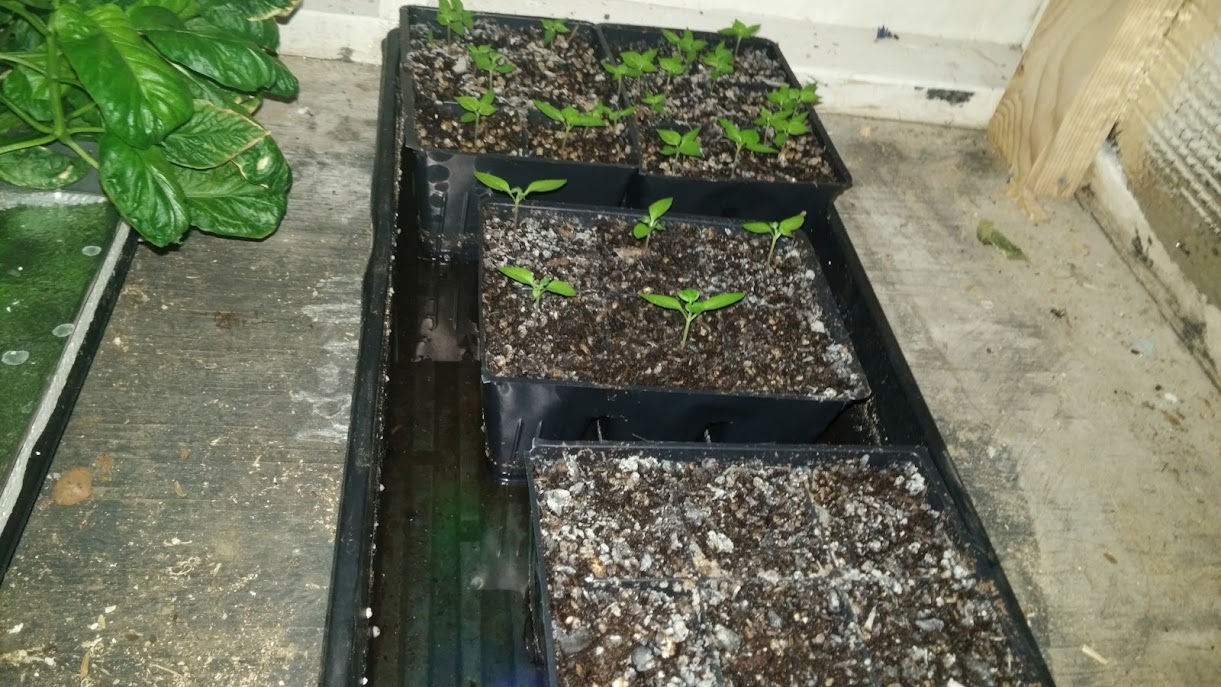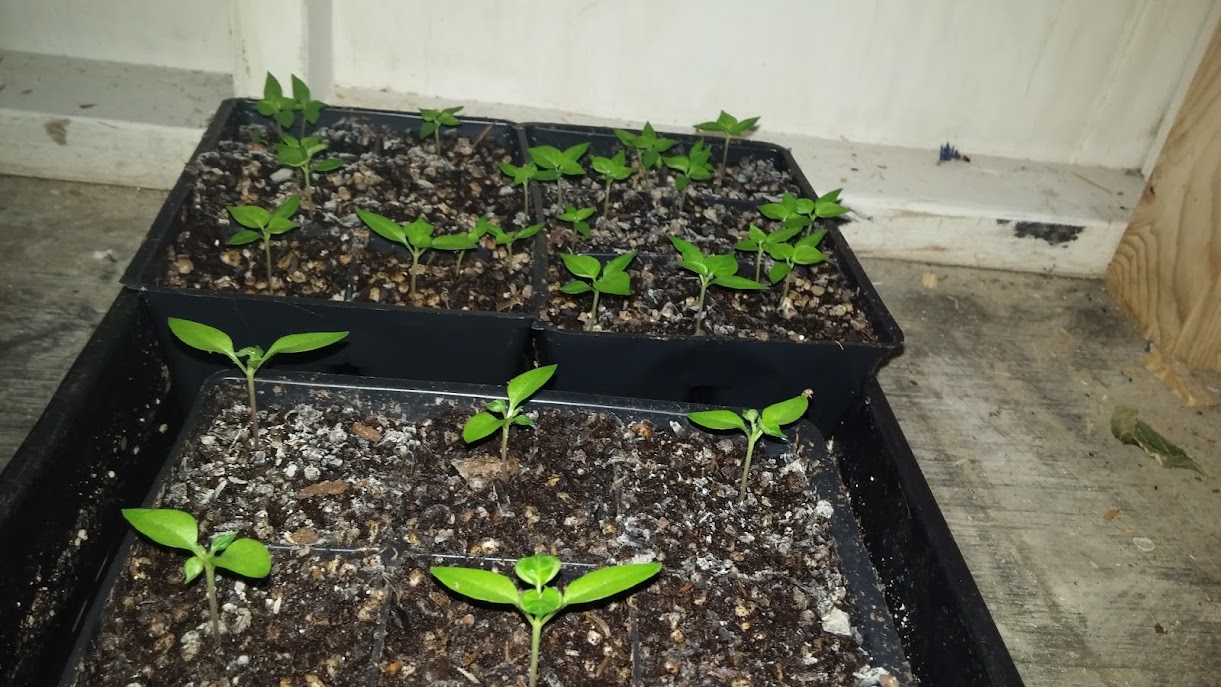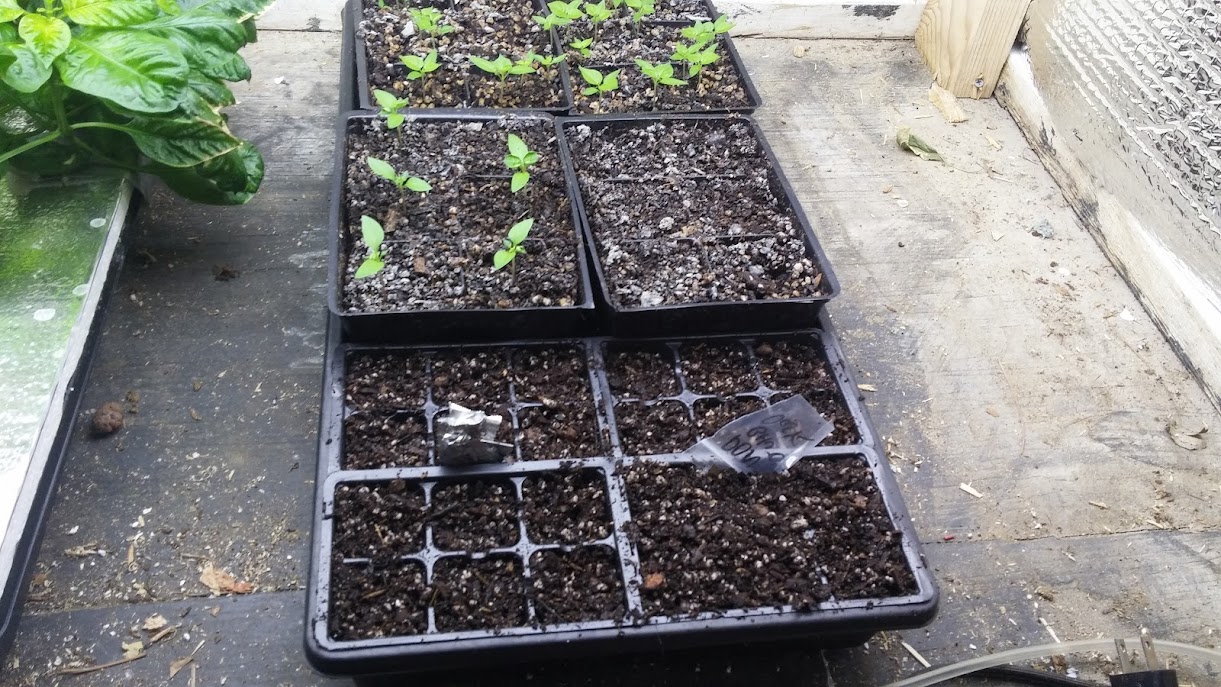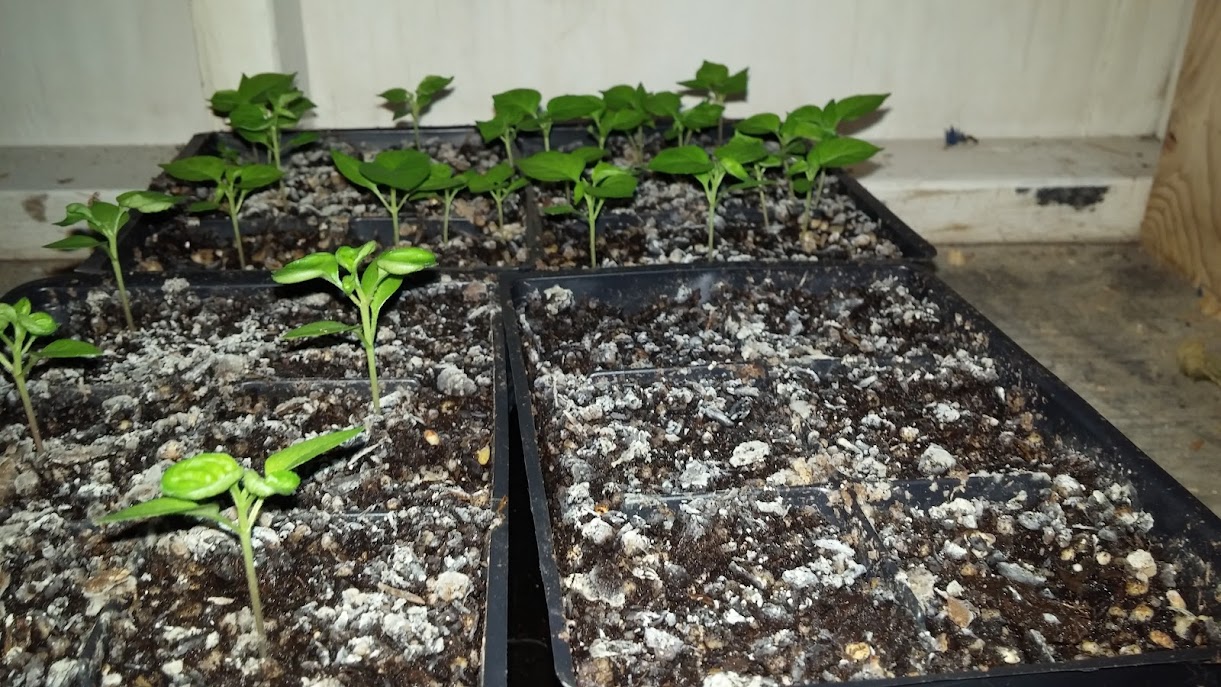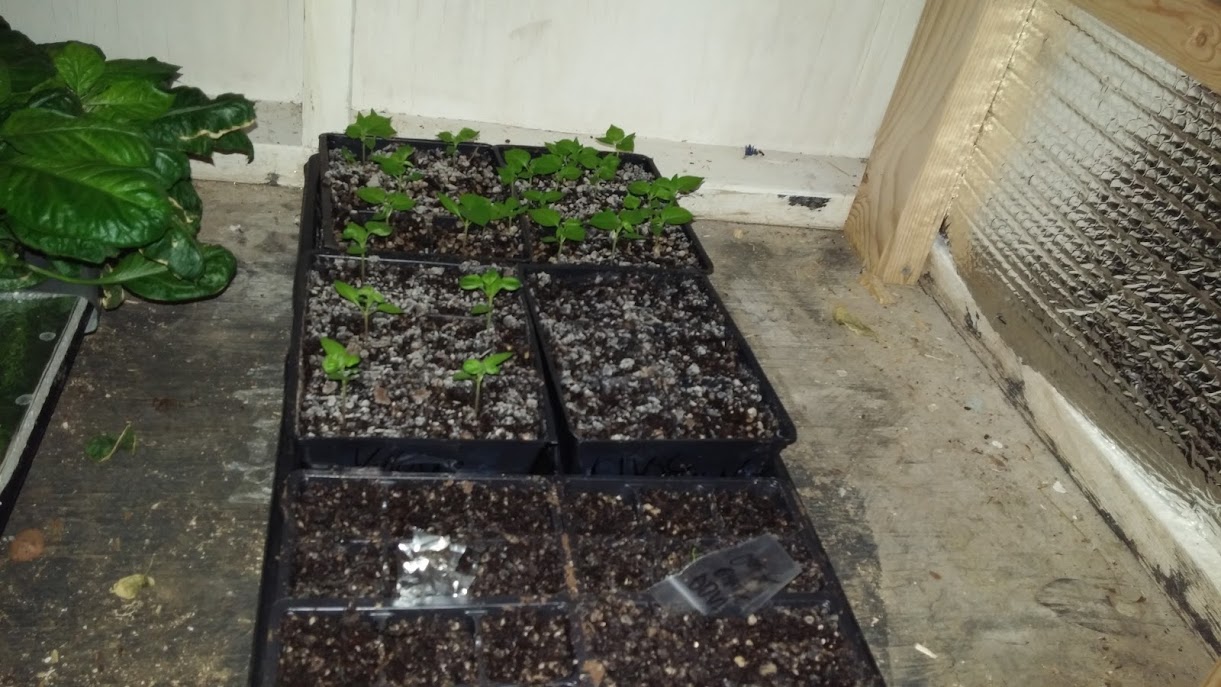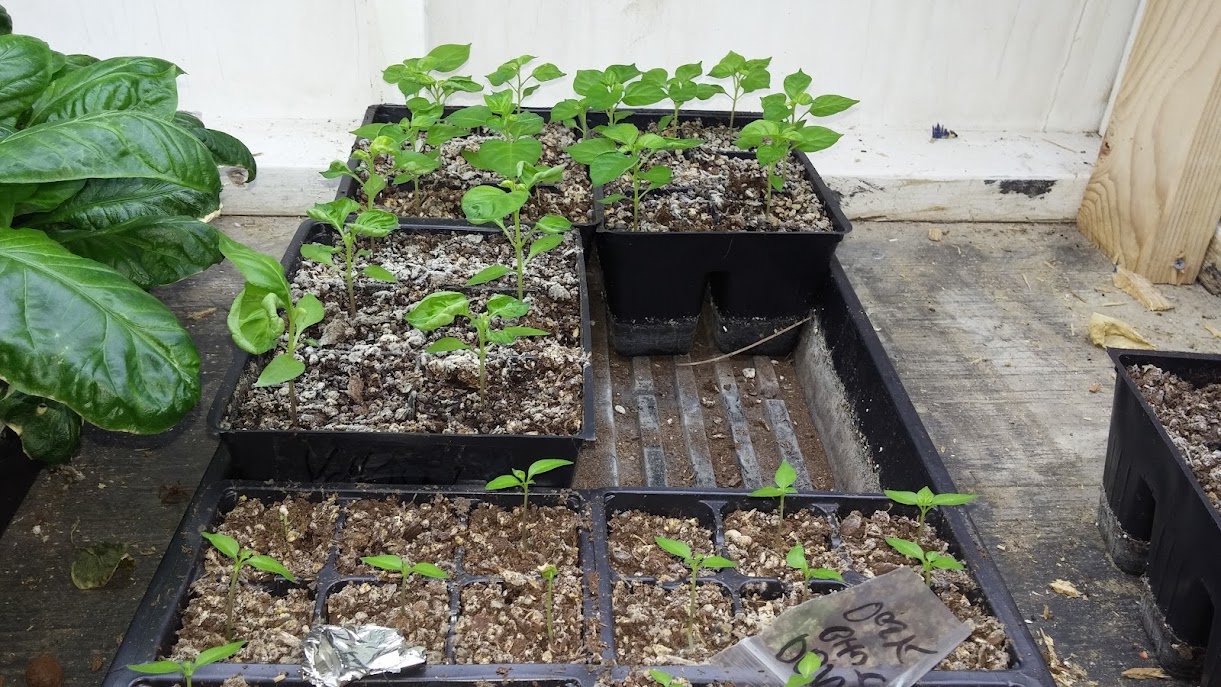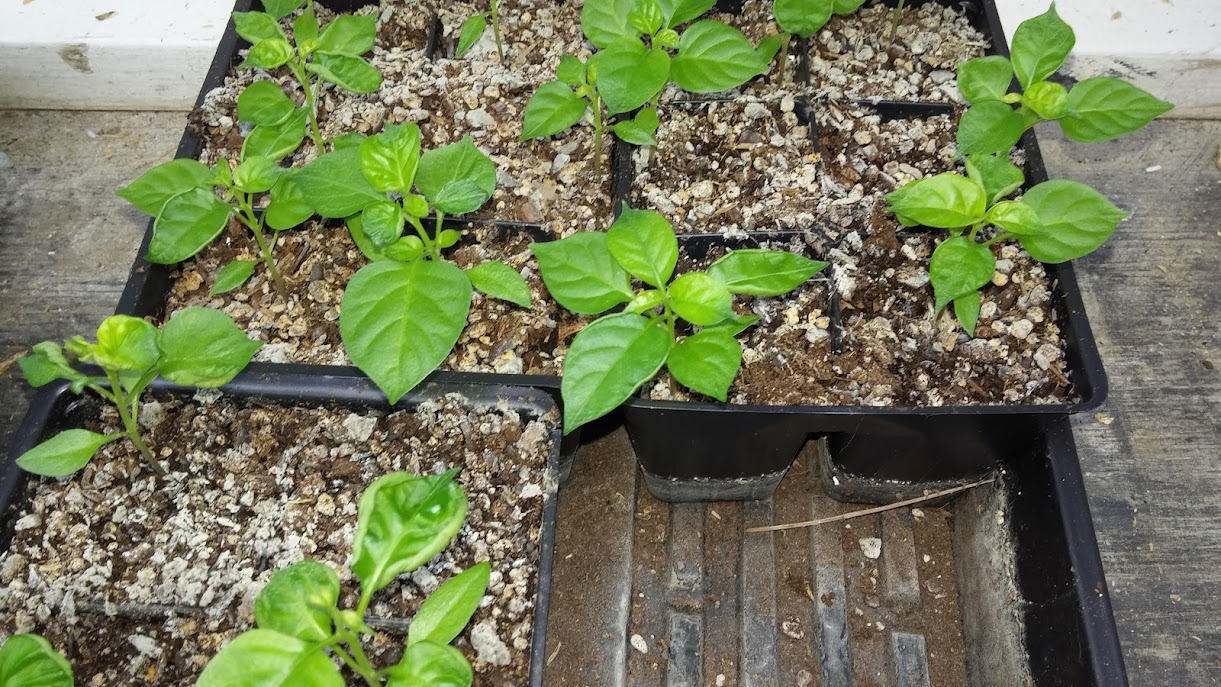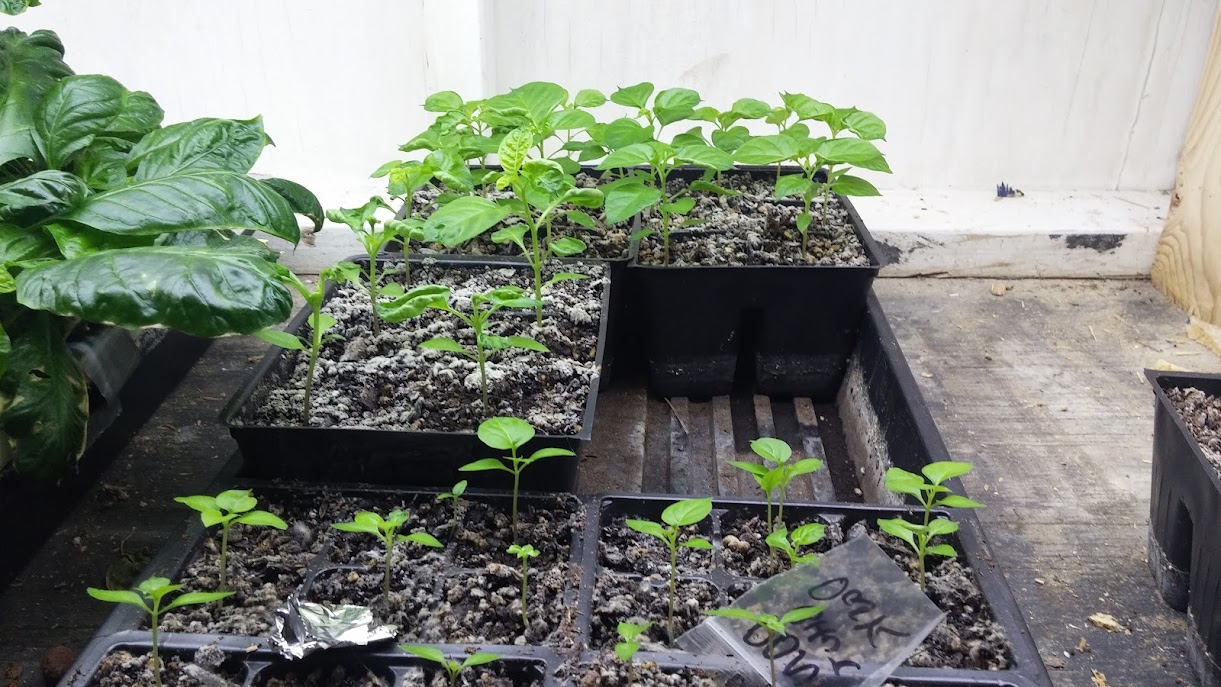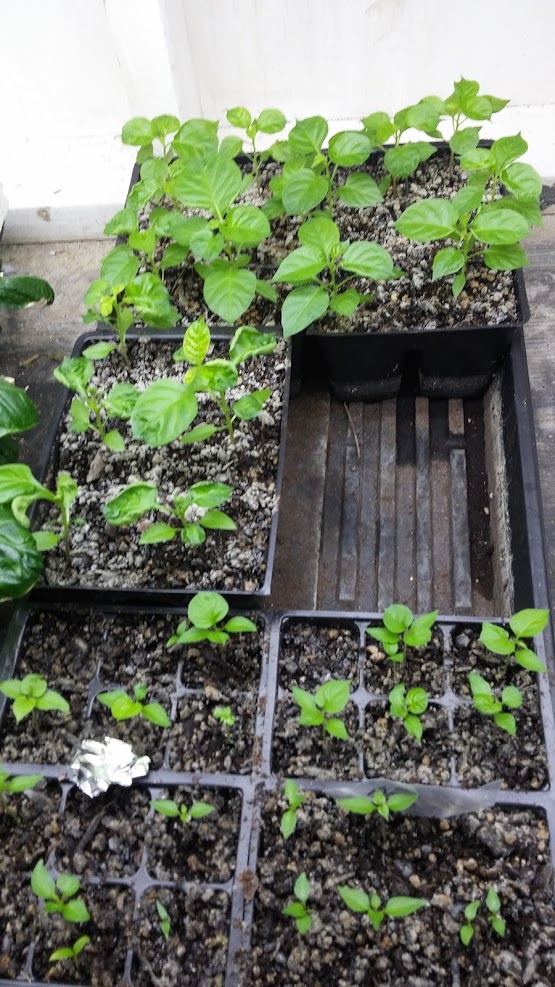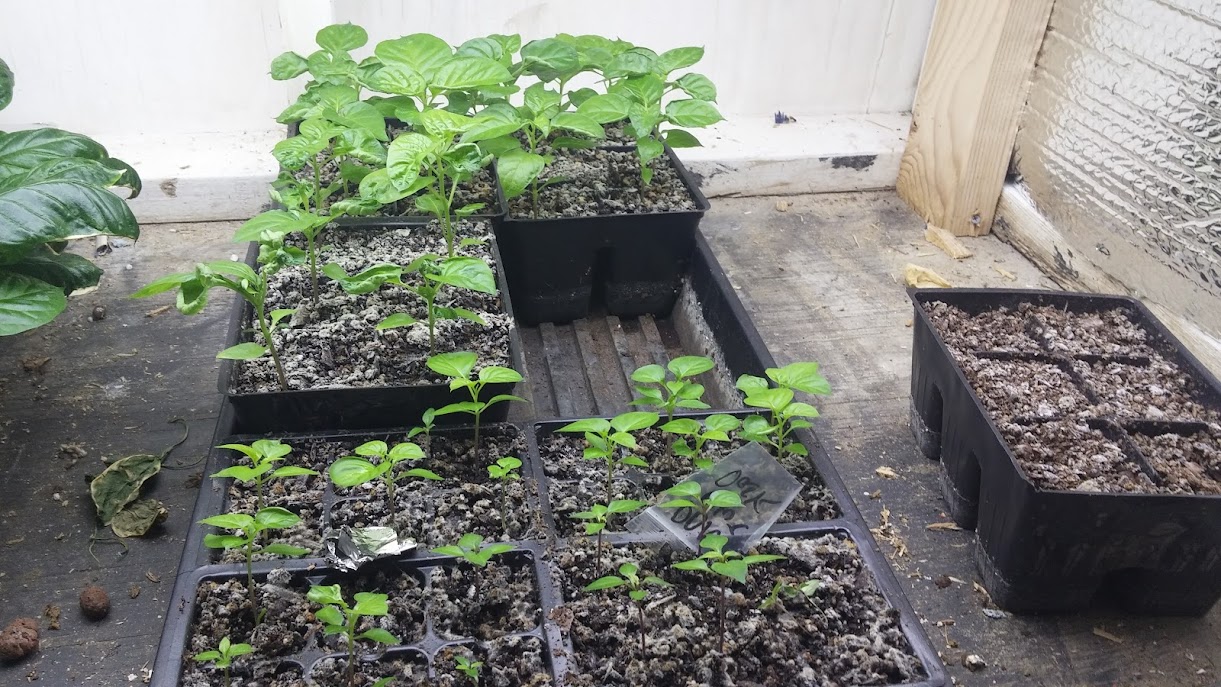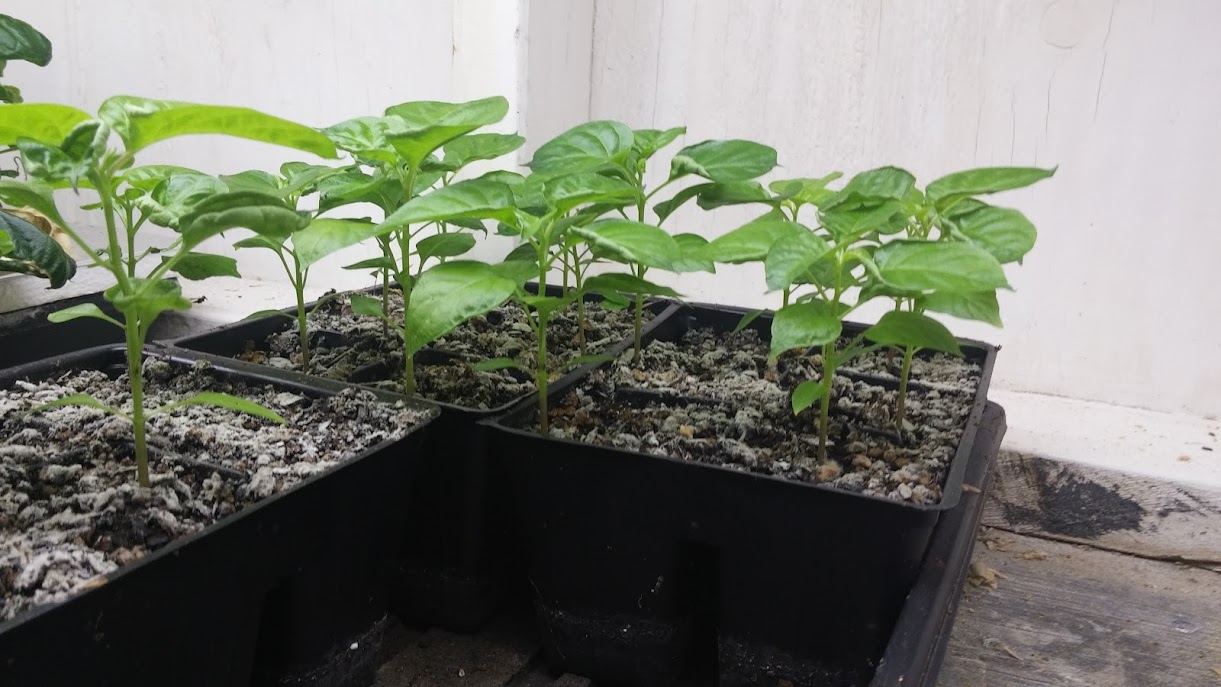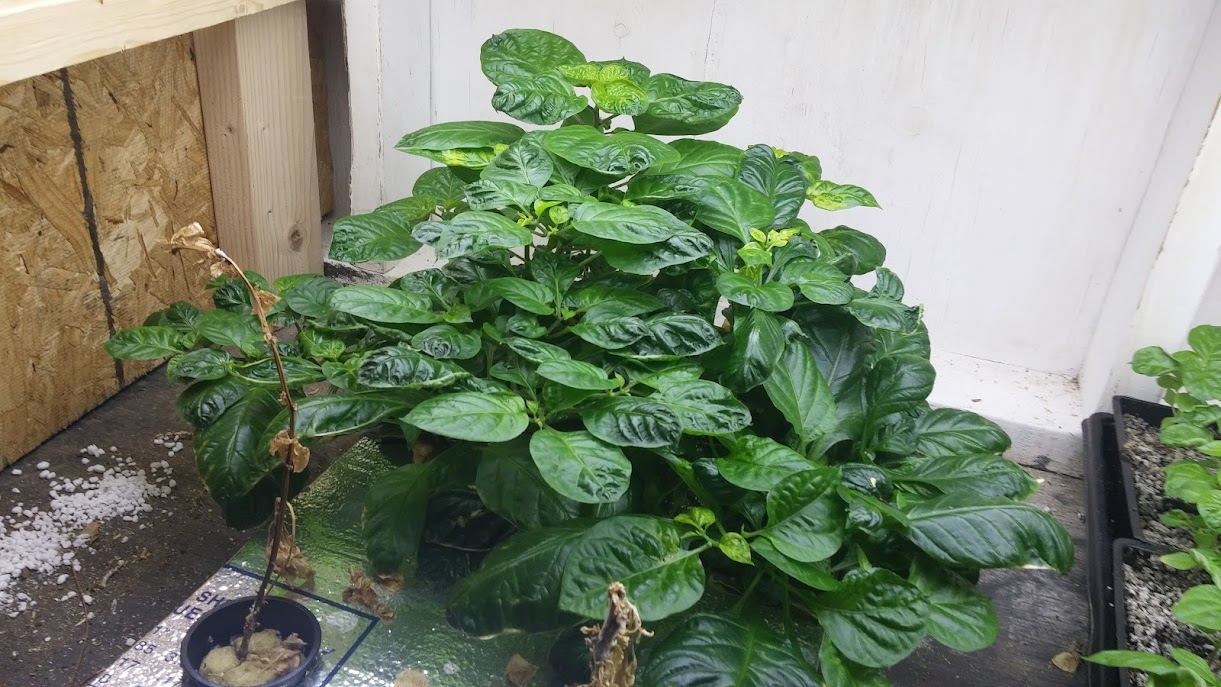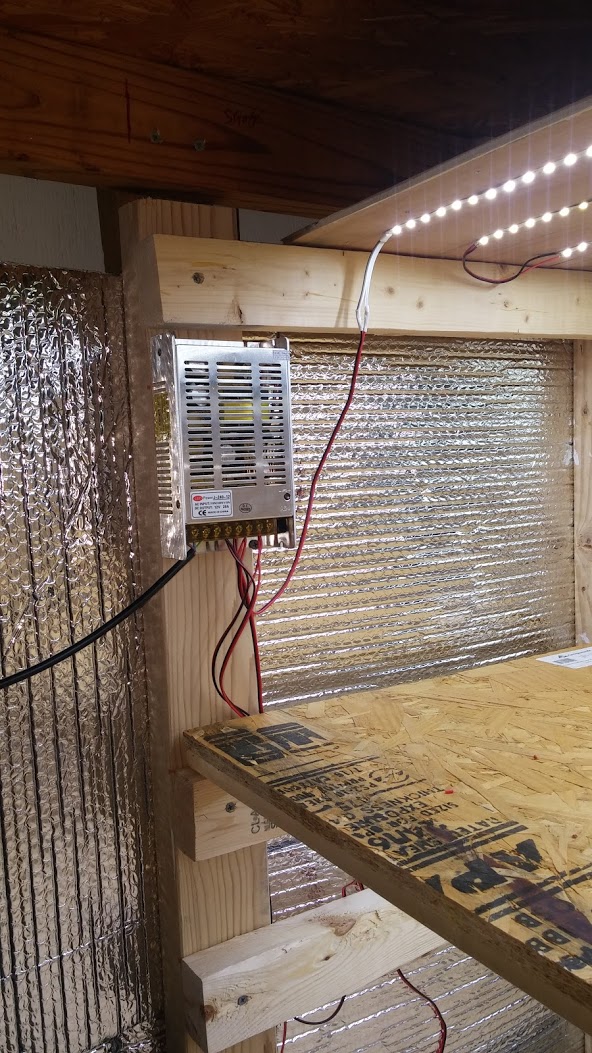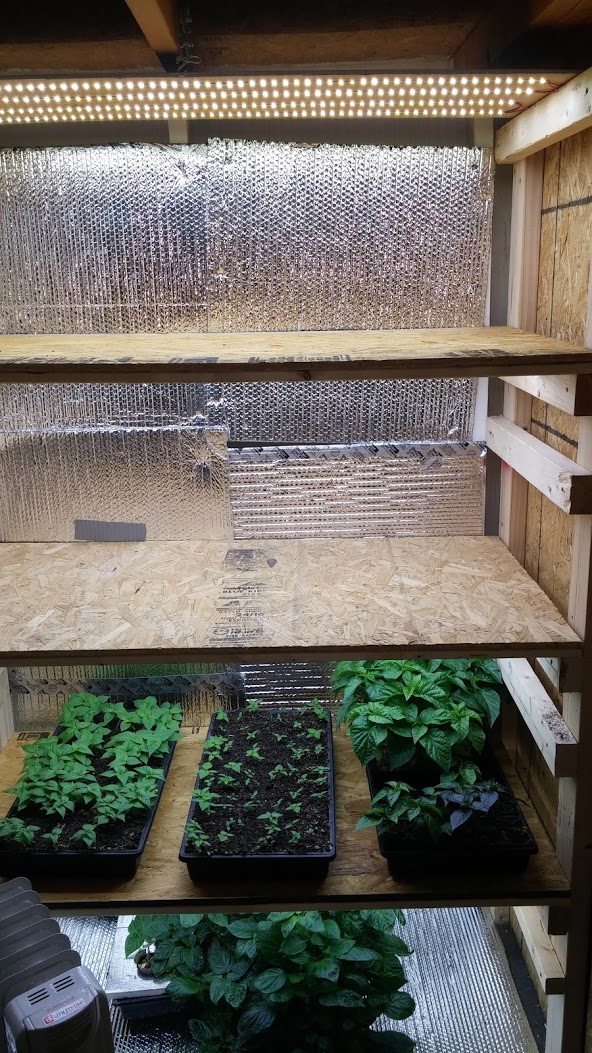Not bright enough and you don't know the color temp.
You can buy a computer power supply for cheaper than a driver.
Go with a computer power supply,not a power supply.
Computer chips are as sensitive to power fluctuations as LEDS.
I use supplies from the local surplus stores.
Cost about what you posted.
BUT buy larger volt and amp. ones that are cheaper,just run strings to work right,more strings spilced to use the volts required and amps. etc.
Rule of thumb is to sometimes mess with splicing a couple strings as 1 to make 3 times more strings work out for a same priced power supply to work for 3x the LEDs.
White isn't going to save you much power in general.
Read Wizard's posts about Watts per Lm.
Cost you as much as a T5 in general(or several other light sources).
LEDs rock when you use mostly plant usable light ONLY,in my opinion.
White makes you have to check out what any white light source actually puts out in plant usable nm.
See the post about seeing what your light source actually puts out.
http://thehotpepper.com/topic/19935-want-to-see-the-colors-your-growlights-put-out/
Just something to think about...Won't tell you nm. but will show you thicker and thinner rainbows of red ,blue etc that the source puts out.
The main problem with the CD thing is that you don't know the NM. of the blue or whatever you see.
It could be lower than or higher than plants use in red or whatever color.
It boils down to the thicker the band,the more you can expect that the color/nm are in at least the right spectrum.
See -
380 - 400 nm Start of visible light spectrum. Process of chlorophyll absorption begins. UV protected plastics ideally block out any light below this range.
400 - 520 nm This range includes violet, blue, and green bands. Peak absorption by chlorophyll occurs, and a strong influence on photosynthesis. (promotes vegetative growth)
520 - 610 nm This range includes the green, yellow, and orange bands and has less absorption by pigments.
610 - 720 nm This is the red band. Large amount of absorption by chlorophyll occurs, and most significant influence on photosynthesis. (promotes flowering and budding) The ratio of red (660nm) to far red (730nm) in sunlight is about 1.2:1
720 - 1000 nm There is little absorption by Chlorophyll here, but Phytochrome uses a nice portion. Flowering and germination is influenced. Near and above the higher end of the band is the Infrared spectrum, which can also be heat and could cause elongation or affect water absorption/transpiration.
Many of these plant pigments have dual wavelength peaks that can be activated with led light combinations:The visible colors of light from shortest to longest wavelength are: violet, blue, green, yellow, orange, and red. Ultraviolet radiation has a shorter wavelength than the visible violet light. Infrared radiation has a longer wavelength than visible red light. White light is
Beta-carotene 450nm 480-485nm dual peak
chlorophyll a 430nm 662nm dual peak
chlorophyll b 453nm 642nm dual peak
phycoerythrin 590nm single peak
phycocyanin 625nm single peak
a mixture of the colors of the visible spectrum. Here is a summary of wavelengths (nm). If you are building your own LED Grow Lights it may be of help when selecting LEDs for your project.
200 - 280 nm UVC ultraviolet range which is generally harmful to plants. LEDs in this spectrum are non-existant or very expensive.
280 - 315 nm Includes harmful UVB ultraviolet light which causes plants colors to fade. UV LEDs in this range are now available and coming down in price.
315 - 380 nm Range of UVA ultraviolet light which is neither harmful nor beneficial to most plants.
(take this with a grain of salt,different plants like some nm. others don't use the same stuff,BUT it seems to work for me so far for 5+ years).
There was a really cool setup using the CD that a web cam (at the time,a specific,accurate cam) was used to read off the computer to be 90+% accurate with spectrum of light.
I started making it but life got in the way.
Some University published the plans...
I'm sure it's out there still in an updated version.
When I find it I'll post it.
Cool stuff for ANY LIGHT SOURCE!
SMD I think means Surface mounted Diodes.
That can mean anything that isn't sold as a part.
Anything from tape strips to any LED setup can be called SMD.
Just sales crap in general.
If ya can't baffle them with brilliance,dazzle them with B.S.
Applies to light panels and tape strips.
Anything mounted.
Pre packaged for easy use...
Nothing to do with LM. or nm. etc.
Usually compaired to (out of context) other LEDS.


